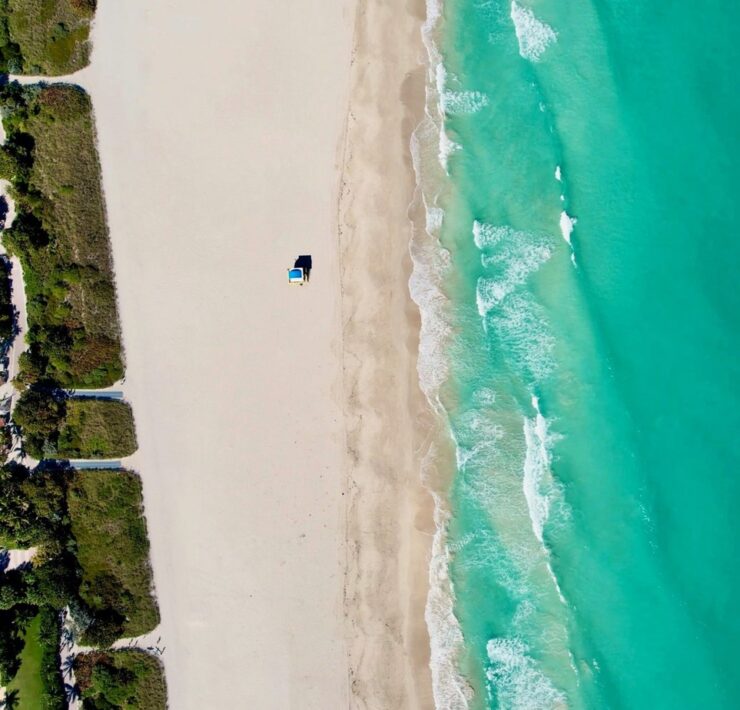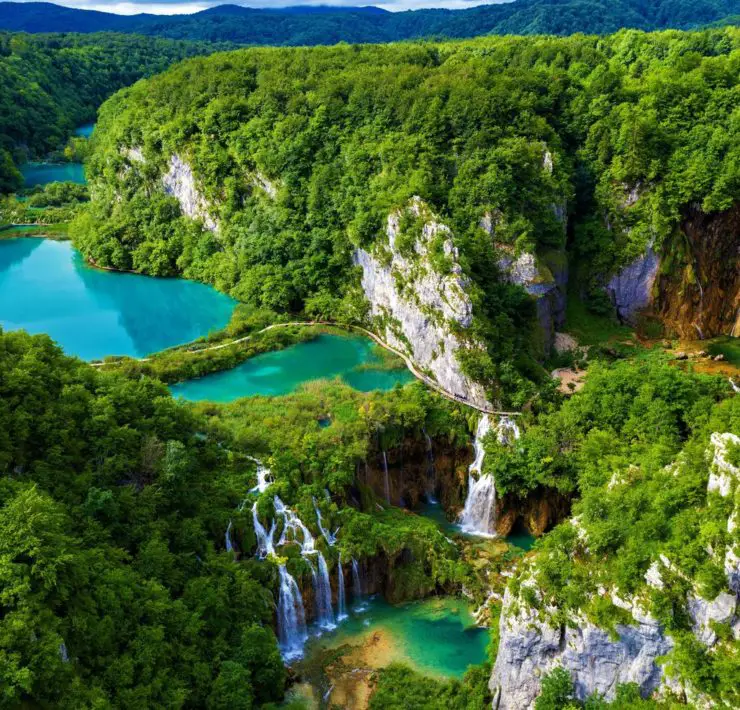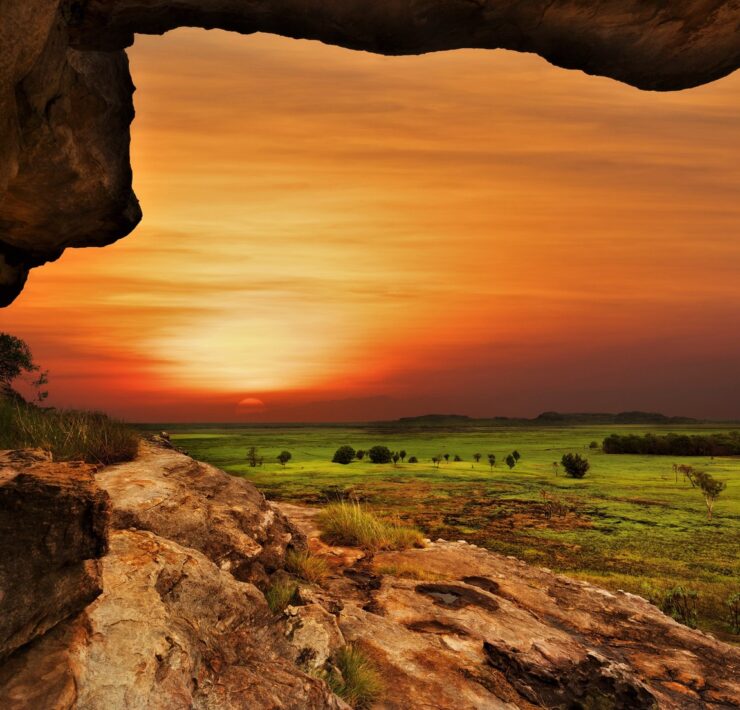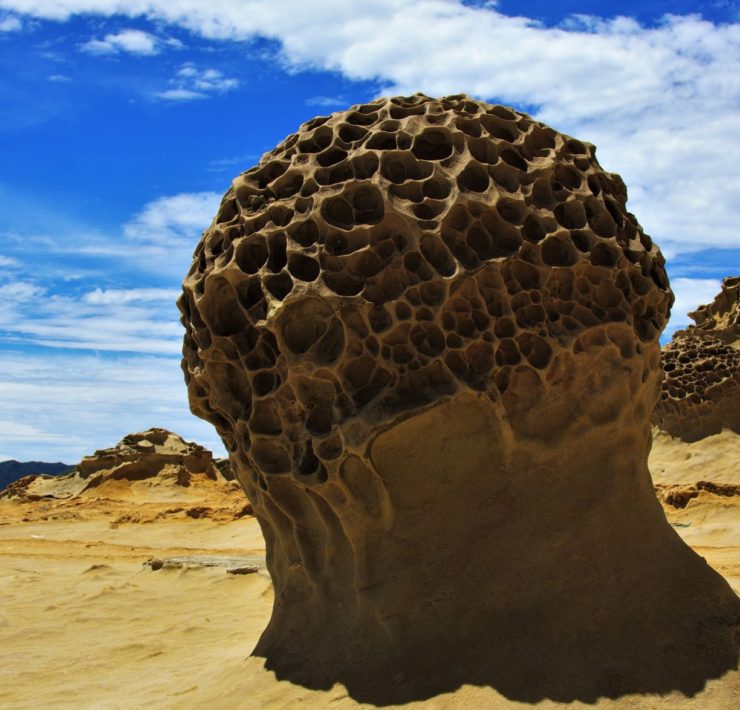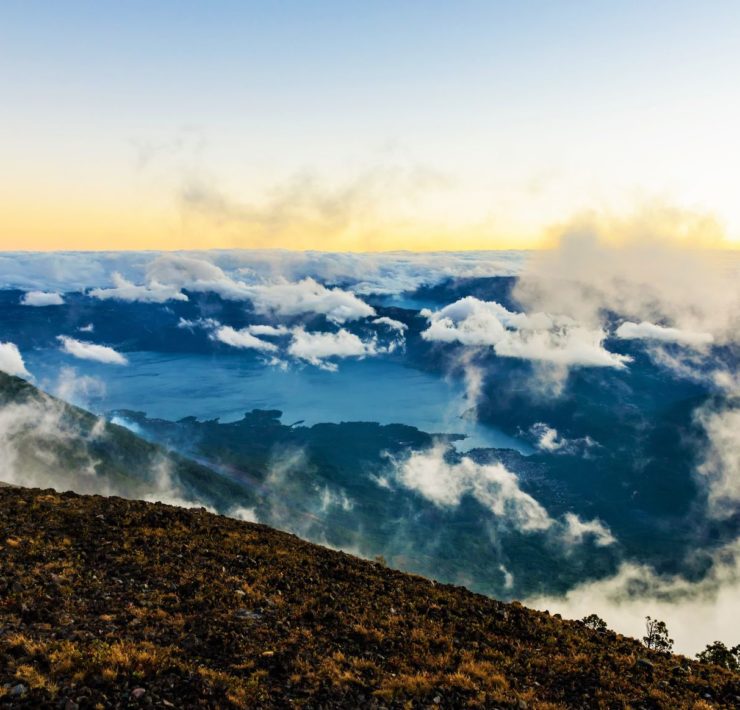Jeita Grotto, Lebanon’s pride, is the longest cave in the Middle East with a length of 9 kilometers. It is located about 18 kilometers north of Beirut, in the Nahr al-Kalb (Dog River) valley within the locality of Jeita. The Jeita Grotto consists of two separate, but interconnected, limestone caves. There are also upper galleries and a lower cave where you can see a 6230-meter long river.
The cave’s modern discovery was made by Reverend William Thompson in 1836 who went 50 meters into the cave. When he reached the underground river, he fired a shot from his gun and the echoes convinced him that the cave is one important discovery
After Thompson, Maxwell and Huxley of the Beirut Water Company and Reverend Bliss, president of the Syrian Protestant College, explored the cave further that made them reach 1060 meters inside. They’ve written all there names and details of the expedition on a paper, sealed it in a bottle and placed it on top of a stalagmite. Later, the bottle got attached permanently on the stone because of the lime-impregnated water that covered the bottle with a white film.
From 1892 to 1940, English, American, and French explorers made further expeditions in the area. From 1940, Lebanese explorers ventured deeper and made it 9 kilometers deep inside the grotto. The grotto was first called as the Grottoes of Nahr al-Kalb, but after a few name changes, it was finally decided that it’ll use the name Jeita. Jeita which means “roar” or “noise of water” in Aramaic, is derived from the name of the town where its entrance is situated.
There are two grottoes that you can visit here. The lower grotto has a 500- electric boat trip along a subterranean, black lake.Then, there’s the upper grotto which features amazing crystallized formations. It can be visited by foot via a 117-meter long concrete walkway, but only 750 meters of the 2130-meter cave can be accessed by visitors. Other than those, there are also other attractions like ropeways, train, and gardens around the area.
If you want to see Jeita Grotto, you can drive from Beirut or take a minibus from Dawra. The caves are open everyday except on Mondays. Take note that it’s also closed from late January to February, and also during the winter season. Better check the Jeita Grotto official website to make sure of the dates you plan to visit the cavern.
When On Earth Magazine is for people who love travel. We provide informative travel guides, tips, ideas and advice regarding places to see, things to do, what to taste, and much more for world travelers seeking their next dream vacation destination.

